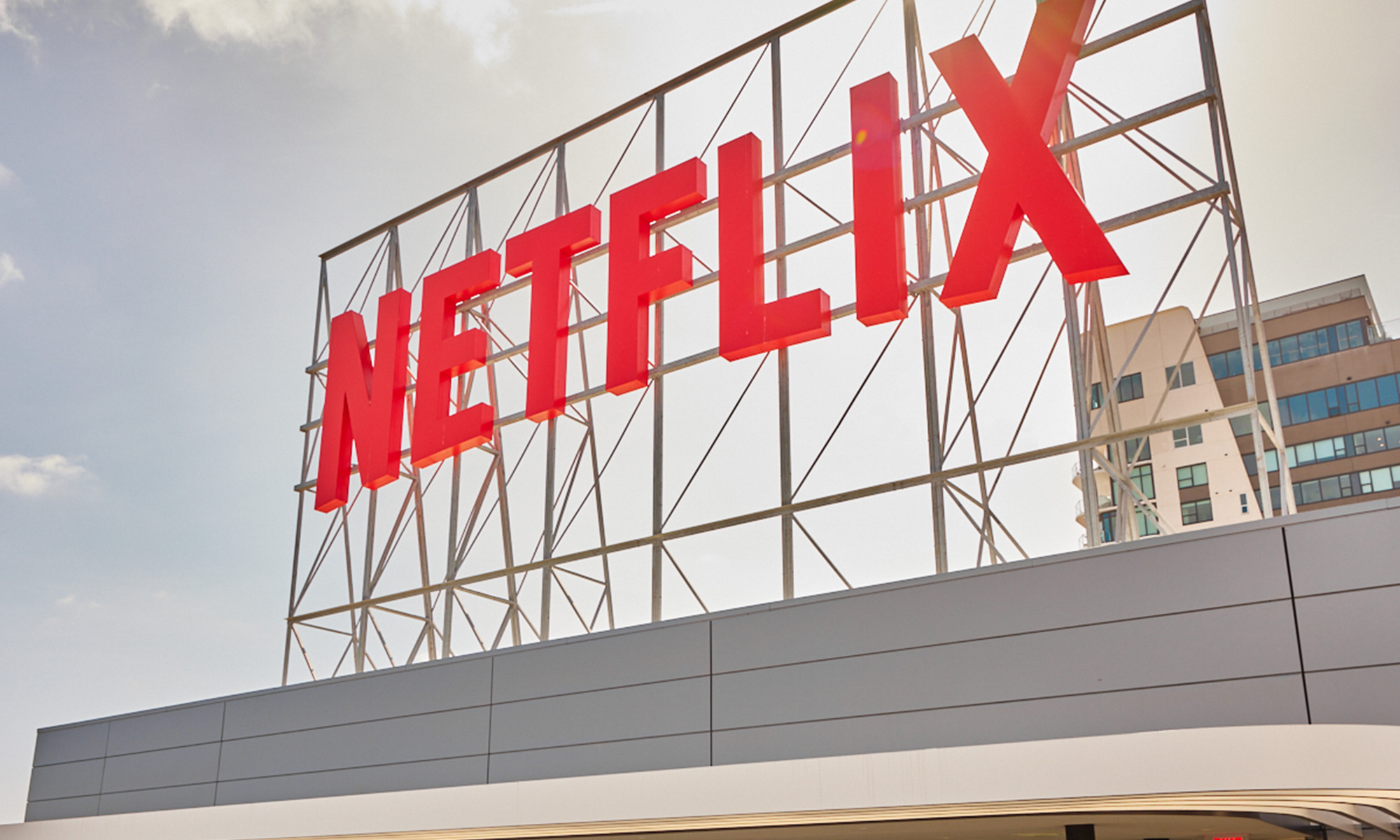A year ago, streaming-video pioneer Netflix (NFLX +0.12%) announced plans to accelerate its global expansion. CEO Reed Hastings set a goal of making Netflix available essentially everywhere in the world by the end of 2016.
At the time, this seemed like an extremely ambitious target. However, once again, Netflix has exceeded its own bullish forecasts. This week, at the Consumer Electronics Show in Las Vegas, Hastings shocked his audience by declaring that Netflix had just gone live in 130 new countries.

Netflix is now available in more than 190 countries. Image source: The Motley Fool.
Netflix is now available in every significant market in the world, with one notable exception: China. Netflix shares shot up more than 9% on Wednesday on this news. But what does it really mean for the company's future, both in 2016 and beyond?
Netflix gets a whole lot bigger
In an instant, Netflix tripled the number of countries it operates in. To some extent, this exaggerates the scale of its expansion, as it already operated in most of the biggest markets in the world, as measured by the number of broadband subscribers. (Having broadband Internet is essentially a prerequisite for using Netflix.)
That said, Netflix's expansion this week included some large, important markets like India, Russia, and South Korea. Netflix's addressable market is a lot bigger today than it was a week ago.
There's one big difference between this week's massive expansion and Netflix's previous forays into new markets, though. Previously, Netflix has worked to support local languages and sign content deals before launching in new markets, in order to maximize the service's appeal.
This time around, Netflix is only adding a few languages to its repertoire: Chinese, Korean, and Arabic. It also hasn't spent a ton of money on local content licensing in its new markets. The appeal of an English-only version of Netflix with a limited library of mostly original content will be relatively narrow in many markets.
Expect bigger international losses in 2016
The benefit of Netflix's approach for this round of expansion is that the cost of entering each new market will be a lot lower. Because Netflix already owns the global rights to most of its original content, it won't have to spend a lot of money upfront on content licensing. Adding support for new languages has also been an important expense during previous rounds of expansion.

Netflix didn't spend a lot upfront on content licensing in this round of expansion. Image source: The Motley Fool.
The other big cost that Netflix incurs when it enters a new country is marketing. This is a discretionary expense that the company can vary as it weighs the trade-off between subscriber growth and near-term profitability.
In all likelihood, Netflix will invest relatively aggressively in marketing outside the U.S. during 2016. After all, what is the point of adding 130 new markets if Netflix isn't going to promote itself there?
This means that investors should expect an increase in international losses this year. Netflix had an average international contribution loss of $75 million per quarter during the first three quarters of 2015. In October, it forecast that the international contribution loss would rise to $117 million in Q4, although its projections have tended to be overly conservative.
Even with Netflix's relatively low-budget approach to its 2016 expansion, quarterly international losses could exceed $100 million throughout the year. In addition to higher marketing costs, Netflix will probably get to work this year on improving its service in the new markets, adding local language support and expanding its content library.
Gauging the international growth trajectory
In 2016, Netflix will continue to fund its international losses with the profits from its domestic operations. In Q3 (Netflix's most recently reported quarter), the company earned a contribution profit of $424 million in the U.S., including both streaming and the DVD-by-mail business. That was enough to cover its international losses and a little more than $300 million in technology, overhead, and interest costs while remaining profitable.
Pricing increases in the U.S. should drive significant growth in Netflix's domestic streaming contribution profit during 2016. However, the extent of this profit growth also depends on membership growth. Some analysts are worried that domestic growth is finally slowing -- but this wouldn't be the first time that Wall Street underestimated Netflix's staying power.
Netflix has set a goal of running around breakeven or a little better in 2016 before producing "material profits" in 2017 and beyond. Thus, the more it earns in the U.S. this year, the more money it will be able to invest in marketing and improving its service in foreign markets. Higher international investments should drive faster subscriber growth.
Over the next few years, this international subscriber growth will gradually offset the costs of operating in so many markets. Barring any major setbacks, Netflix's international operations should turn profitable before the end of the decade. That will allow the company to finally start producing the sustainable earnings growth that investors are counting on.






